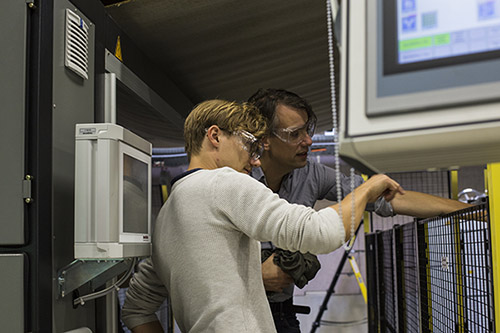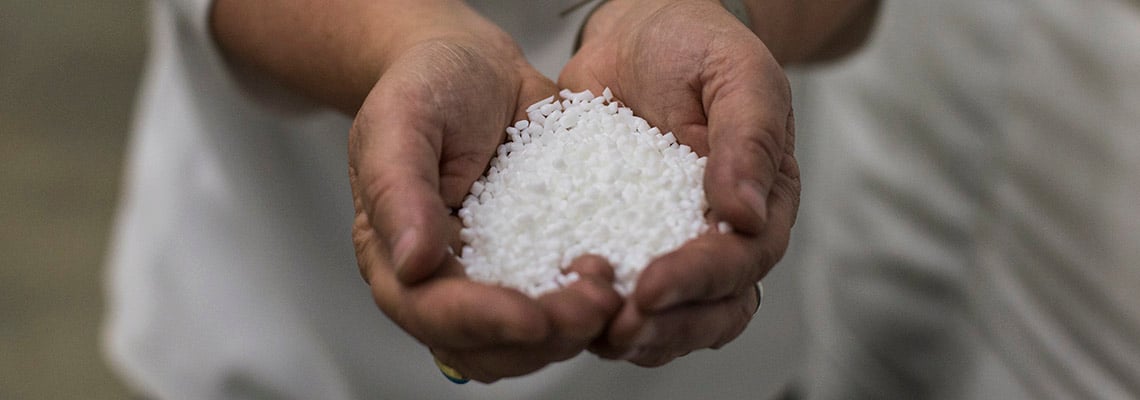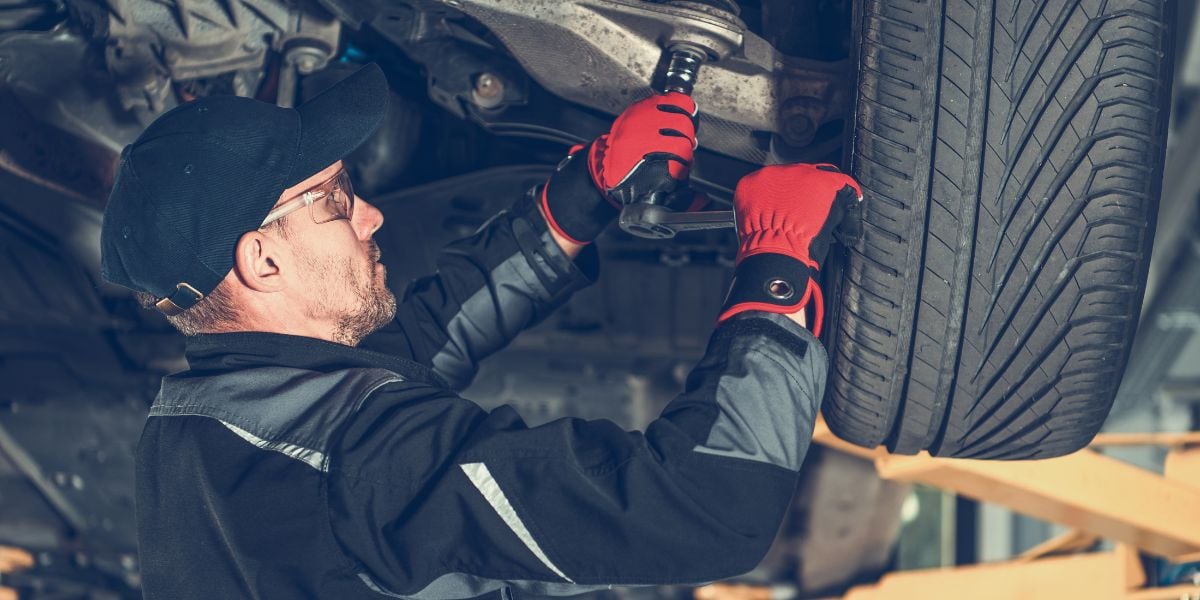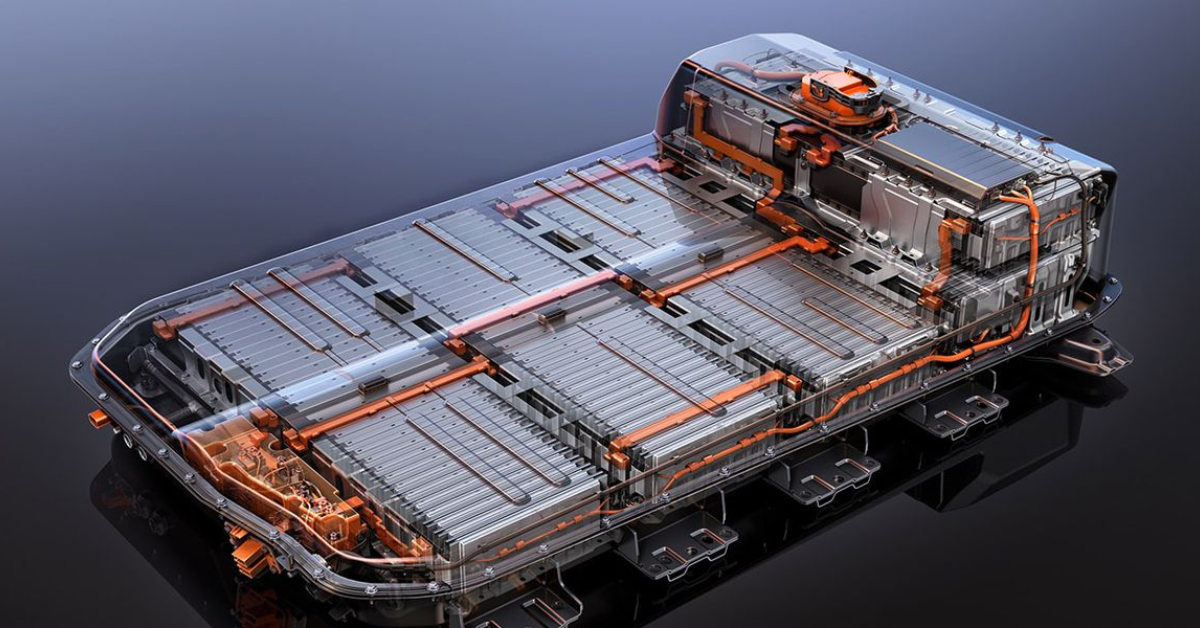No sticking point for glue like a screw
What if a glue could act like a screw? Adam Hill talks to Lukas Hoex about the possibilities of a new adhesive which could change the way products are manufactured – and remanufactured
Companies evolve with the times – and so do the processes they use as new materials or platforms are developed which radically alter how they go about their day-to-day business. DSM-Niaga, a joint venture established in 2014, has been working on something which might just change the way we think about how household goods are put together – and therefore about how they might be remanufactured at the end of their first lifecycle. He company’s mission is to redesign everyday products ‘from the ground up’, making them fully recyclable in an easy and affordable way, while retaining quality. The clue is in the name: Niaga is the word ‘again’ spelt backwards. As a concept, Design4Reman is well entrenched in the remanufacturing industry – but making it a reality is much more tricky: it takes a lot of work to design something so that it can be easily remanufactured. That problem is exacerbated depending on the materials used to make it in the first place. If a product is mass produced then it is likely that glue will have been used in it somewhere – which is something of a problem for the circular economy. Taking things apart when components have been glued together is fraught with difficulty.
Glue like a screw
For this reason, manufacturers which only use screws to put their products together – for example, when using wood, concrete and some plastics – offer remanufacturers a head start when it comes to breaking products down for cleaning and repurposing. But screws don’t suit every product. This is why DSM-Niaga has put its energy into developing a glue which works like a screw. The product the venture has come up with performs a conventional adhesive function: it holds different layers of material together, just as you would expect from glue. But there the similarity with ‘ordinary’ glue ends: when this glue is exposed to a signal, it ‘unsticks’, thus allowing the various constituent parts to be separated from one another. Gluing together (‘bonding’) and taking apart (‘decoupling’) are a crucial part of this process. Remanufacturing – one of the cornerstones of the circular economy – could be revolutionised by a solvent which has the ability to be ‘unstuck’. “We’re in the middle of looking at different applications,” explains Lukas Hoex, marketing manager of DSM-Niaga. “It started as a project to redesign carpets, today made from many different materials glued together with latex.” Carpets are one of the biggest items clogging up the landfill sites of the world right now, so finding a way to recycle them is an environmental imperative. “We wanted to make carpets more recyclable,” he goes on. “And for that we needed to drastically reduce material complexity, and design a reversible glue which would still offer a strong bonding of fibres. The carpet is now on the market and is selling.” As an interesting aside, the new design on sale in the US also meant easier installation, improved fire resistance and stain resistance, weight reduction - and a 90% energy reduction in production. These benefits might not be available in every case, but they are an exciting reminder of what can be achieved. “We are exploring other products now,” Hoex says. “For example, mattresses are a combination of different materials which are glued together for the eternity. We need to redesign the whole product.”
“We do ask for a willingness to redesign the whole manufacturing process: this isn’t about efficiency gains in an existing process – it’s about designing from scratch”

Redesign strategy
The company’s redesign strategy can be summarised easily enough:
- use the lowest possible range of materials
- use only materials with scientific proof on their recyclability and material health
- all materials should be easily recovered in their pure form after use.
This means furniture is another possibility, Hoex tells ReMaTecNews. “We are looking for partners in other industries, since we don’t make tables ourselves,” Hoex comments. “We just signed an R&D agreement with ECOR, a company that makes table tops from waste cellulosic material without additives.” The research collaboration between the companies will focus on developing fully recyclable alternatives for particleboard, MDF and other panel materials which are commonly used in industries such as construction, furniture, interior decoration and display. “We have started experimenting and found that the bond strength is very good and also the decoupling is still good,” Hoex says.
“In the end our selection of products to redesign is from a waste and health perspective…But we realise that electronics is a huge market and we see the potential”
Automotive interiorsSo far, so good. While things are at an early stage, the work of DSM-Niaga must give remanufacturers pause for thought. Extremes of temperature can play havoc with the bonding and decoupling process, but that does not mean the use of the glue should be ruled out altogether in applications such as the automotive industry. Metals are a potential area of innovation, but Hoex is understandably cautious about the challenges involved in such a radical move away from what DSM-Niaga has been working on. “The interiors of cars would be an easier applications challenge than the engine itself,” he says thoughtfully. “Due to the high temperatures under the hood, we see highest potential in the interior. It would be super cool for us to talk to the automotive industry to see what is possible.” Indeed, what’s striking about Hoex is his willingness to talk to all sorts of companies from varying sectors. This is because co-operation has the potential to unlock benefits, he believes: “They bring the know-how and performance indicators from their industries. We know about adhesives and design. It’s a small piece of the puzzle.” However, potential partners should be warned that they are going to have to be prepared to think differently. “We do ask for a willingness to redesign the whole manufacturing process,” Hoex goes on. “This isn’t about efficiency gains in an existing process – it’s about designing from scratch.” His enthusiasm for the project is infectious and he wants as wide a debate as possible about the possibilities – not least among the readers of ReMaTecNews. “It would be super cool to have a call to action,” Hoex says.
“So that any company in another industry who reads it might respond. I see a lot of interest in recycling and waste.” Reman is another area of interest. After all, if we are talking about goods that are owned by millions – if not billions – of people around the world and yet which are often discarded, then could reversible glue be used in electrical appliances, or phones and laptops? “Electronics is different from textiles,” Hoex points out. “In the end our selection of products to redesign is from a waste and health perspective, such as mattresses and carpets. But we realise that electronics is a huge market and we see the potential.” All in all, these are exciting times to be at the cutting edge of design technology. Hoex does not make extravagant claims for the reversible glue. But it might unlock possibilities – directly or indirectly – for companies to find new ways of making gains for themselves and for the environment. It is the sort of innovation, the sort of thinking, that will make remanufacturers sit up and seriously consider how their own processes might be improved and what the future might hold.
Share your remanufacturing stories with us
Do you have an innovation, research results or an other interesting topic you would like to share with the remanufacturing industry? The Rematec website and social media channels are a great platform to showcase your stories!
Please contact our Brand Marketing Manager.
Are you an Rematec exhibitor?
Make sure you add your latest press releases to your Company Profile in the Exhibitor Portal for free exposure.



